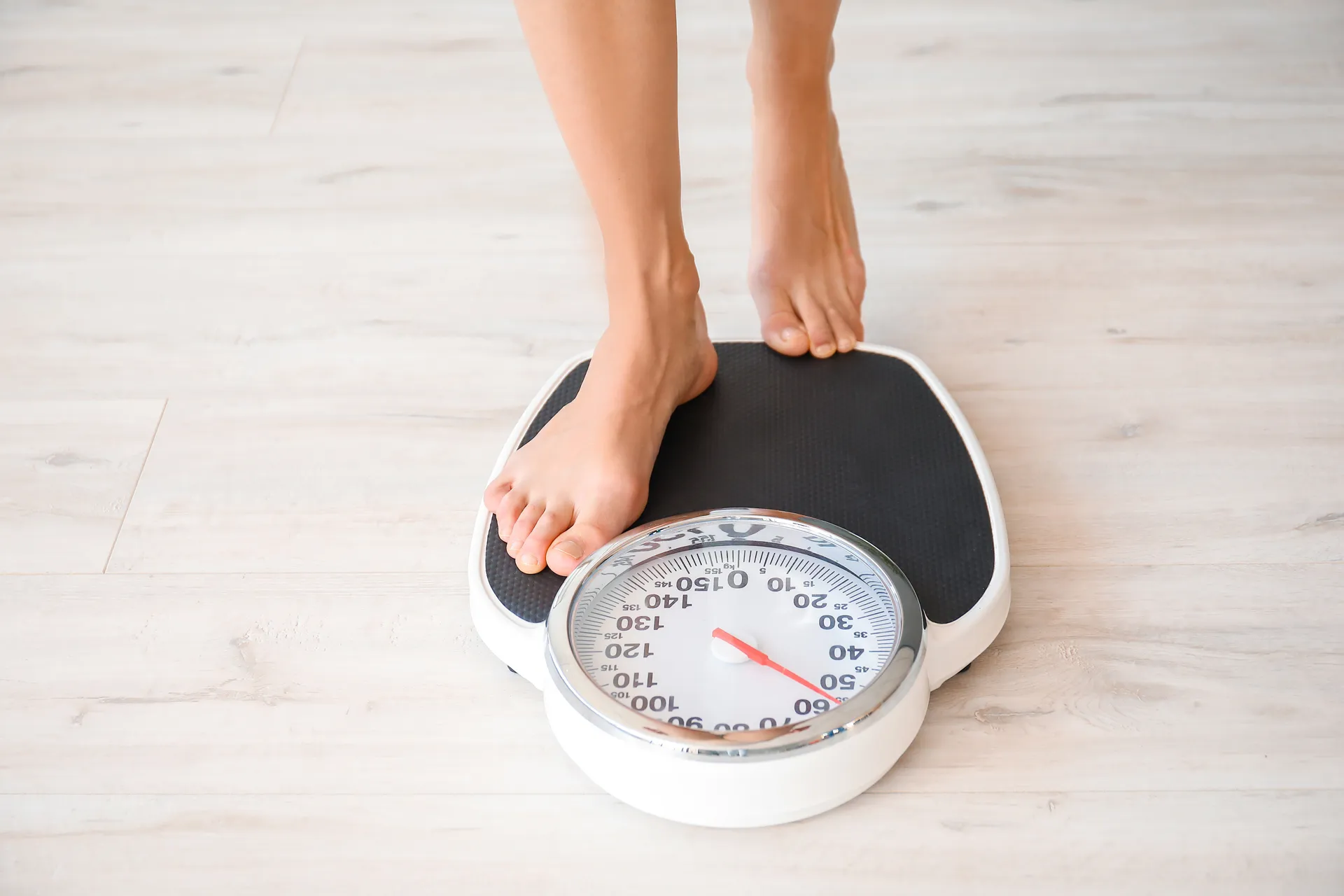The public enthusiasm for GLP-1 use as a weight loss treatment has yet to lose steam. Our healthcare teams forecast this could be a >$100B global market, with uptake rapidly rising through the end of the decade. Jefferies’ Global Research teams detail the possible implications for a slimmer consumer, with sticky behavioral changes, across 7 sectors. They identify ~80 companies that could benefit and ~80 that may find this a structural headwind.

A Revolution 20 Years in the Making. Glucagon-like peptide-1 receptor agonists (or GLP-1s) were originally approved for use in 2005 as a treatment for Type 2 diabetes. By increasing the amount of insulin secreted by the pancreas (which lowers blood sugar) and suppressing the release of glucagon (which causes the liver to produce sugars), these drugs have proven to help manage Type 2 diabetes and functionally reduce appetites. The potential weight loss implications were not lost on the medical community. However, it wasn’t until semaglutide was approved in 2017, with an indication for weight loss specifically approved in 2021, and subsequent study showing CV risk improvement, that it properly captured the attention of the masses. Meanwhile, despite initial stock reactions suggesting these drugs will wipe out obesity and Type 2 diabetes, our teams would point out a few items. First, GLP-1s remain under-penetrated despite being available for ~20Y. Second, bringing patients down to healthy weights could actually increase eligibility for other procedures. We summarize the thoughts of our respective healthcare teams herein.
A Designer (Clothes) Drug. The advent of semaglutide brought the first FDA-approved weight management drug to market. Looking further out, the prospect of oral drugs (instead of injectables) and payor coverage suggest a large potential market and significant uptake. Given the WHO estimates that >40% of global adults are overweight, widespread adoption could cause substantial changes in consumption patterns. As our food & restaurant teams showed via their survey work, consumers taking these GLP-1s indicate they are filling their grocery basket with healthier items. We suspect the implications don’t just stop at the calorie level.
Healthier Choices Leading to Healthier Fundamentals. Starting with the consumer sector, our teams call out potential tailwinds for apparel retailers — to revamp closets — but particularly those with athletic offerings. Similarly, health & wellness products could see a boost. In addition, beauty cos could see a tailwind as more consumers look to combat facial changes. Within financials, although better health could lead to lower premiums for insurance cos, delayed mortality should more than offset that through greater investment returns. Meanwhile, lighter load factors could lead to better fuel efficiency for airlines, and increased focus on wellbeing could mean more sales of fitness related devices and the chips that go into them.
Belt-tightening from Tighter Belts. Restaurants and certain food products appear to be some of the most at-risk industries as we look longer term. The teams’ survey work suggests this will impact certain beverage cos as well, particularly on the alcohol side. Downstream from them, we anticipate this could have negative implications for the packaging space & food retailers, as volume trends for certain products flatten or decline. Agriculture-levered firms, such as farm equipment, may also contend with mix headwinds. And while many consumers are currently able to at least partially offset the cost of the drugs, they remain quite expensive, which could put a damper on bigger ticket purchases. Our teams specifically call out items like furniture and travel spend.
Links to Relevant Research:




